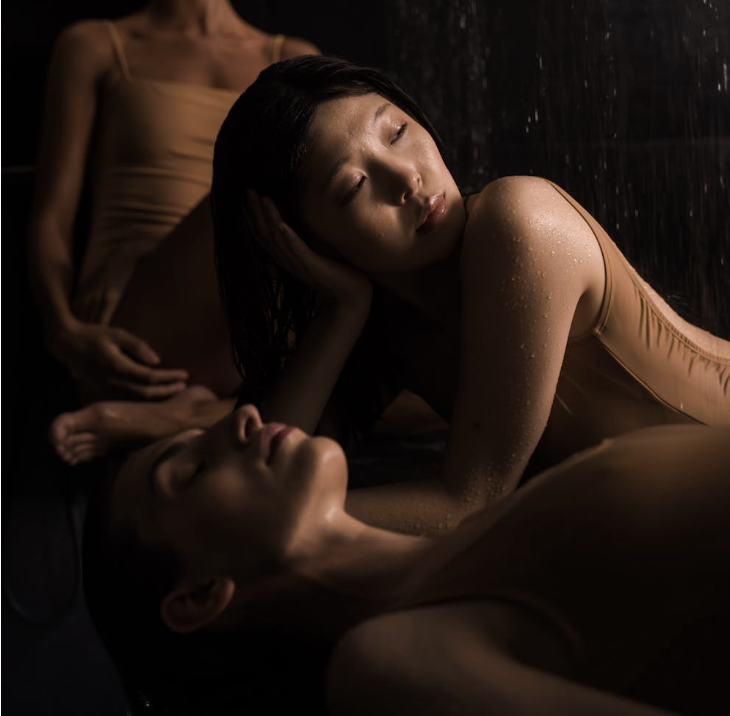Not tonight love…

Exploring desire in couples therapy
Historically we have all been led to believe that men generally want sex more than women, that this thing called ‘libido’ peaks at 21 years old for men and around 30 years old for women and although it can move up and down a bit you are generally stuck with it.
Not so. As Emily Nagoski https://www.emilynagoski.com/videos-and-podcasts so eloquently wrote in ‘Come As You Are,’ it’s not so black and white, people have different TYPES of desire.
Throughout history, female desire has been demonised and medicalised, leaving no room for female pleasure. In the 19th century, husbands were expected to ‘coax’ sexual desire out of women. If they then displayed too little sexual desire, they risked being diagnosed with ‘Frigidity’, while those who showed too much were cast as ‘nymphomaniacs,’ and given invasive diagnostic tests, torturous treatment and in severe cases institutionalisation in a mental asylum.
Desire was conceptualised as emerging more or less ‘spontaneously’ and although some people do feel they experience desire that way – Desire first, then arousal – it turns out many people (particularly women) often experience desire as responsive, emerging in response to, rather than in anticipation of, erotic stimulation.
Just because desire is responsive instead of spontaneous it doesn’t mean it is wrong or requires some kind of medical intervention. What works best for people in relationship therapy is that couples need is a thoughtful exploration of what creates desire between them and their partners, including (but not limited to) confidence in their bodies, feeling accepted, and (not least) explicitly erotic stimulation.
